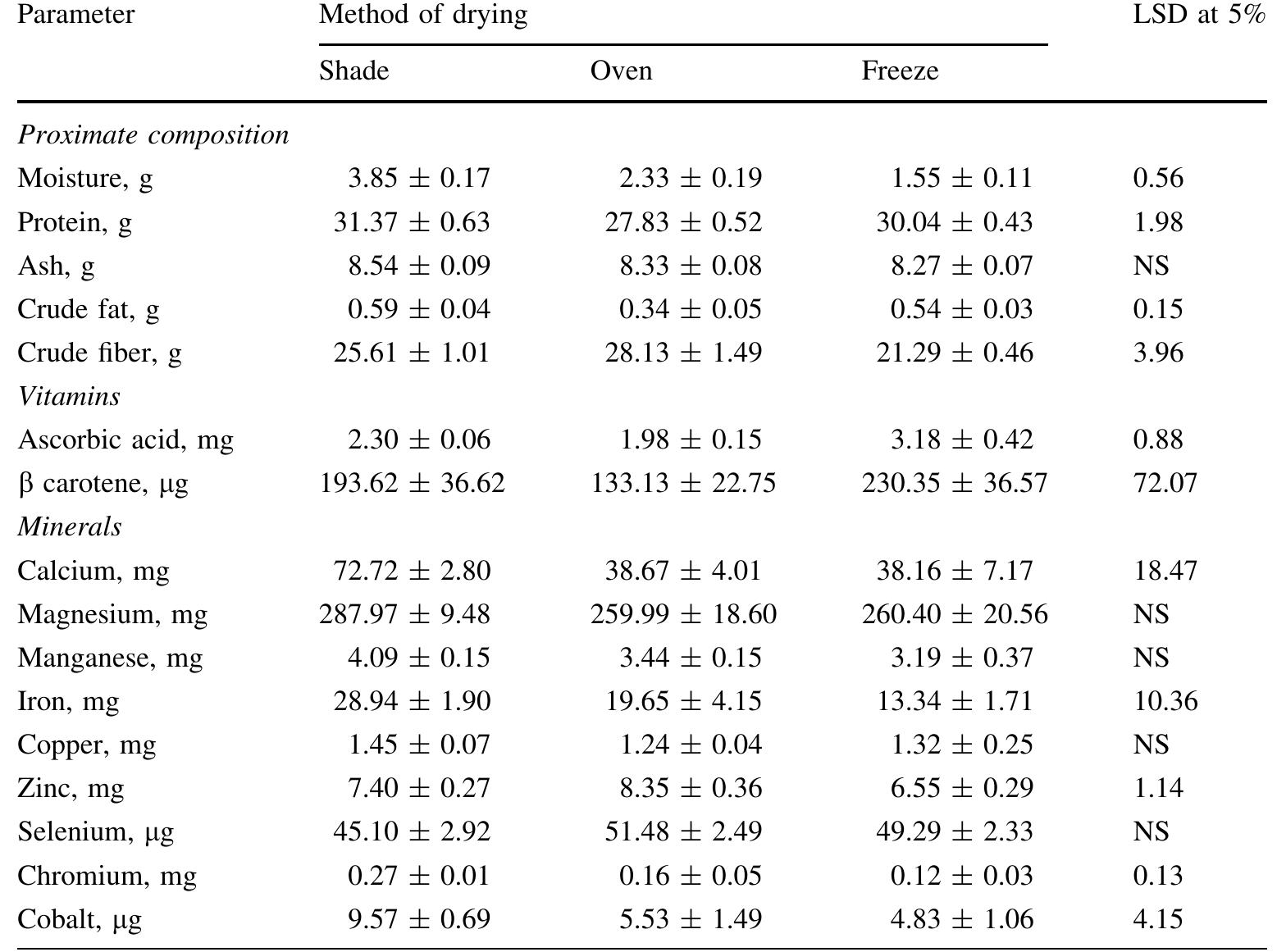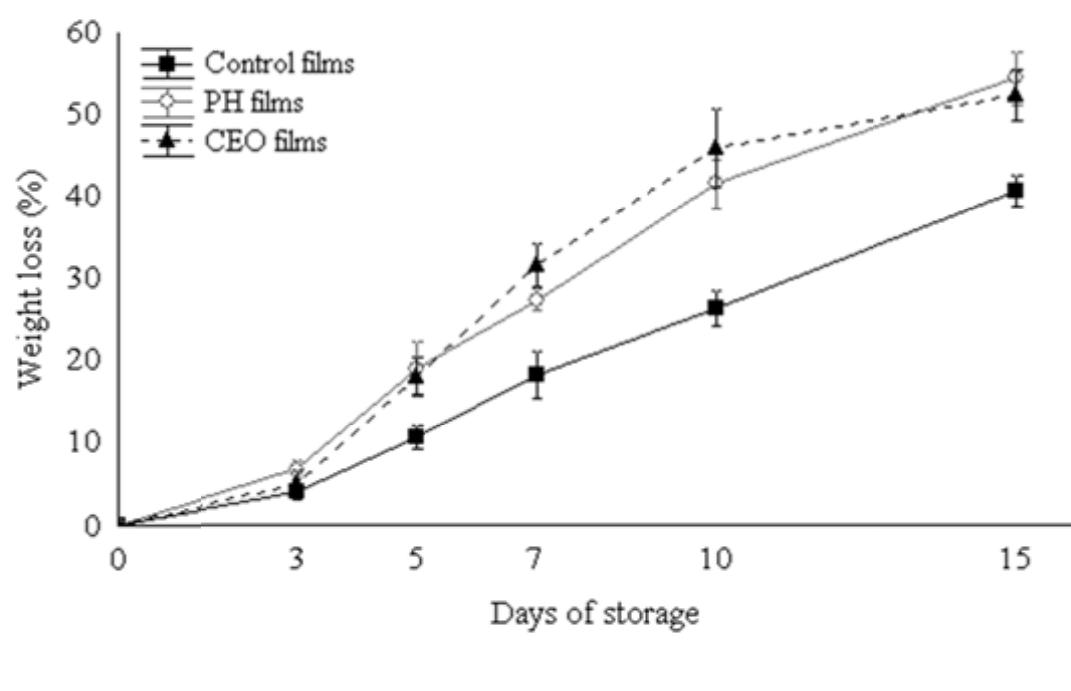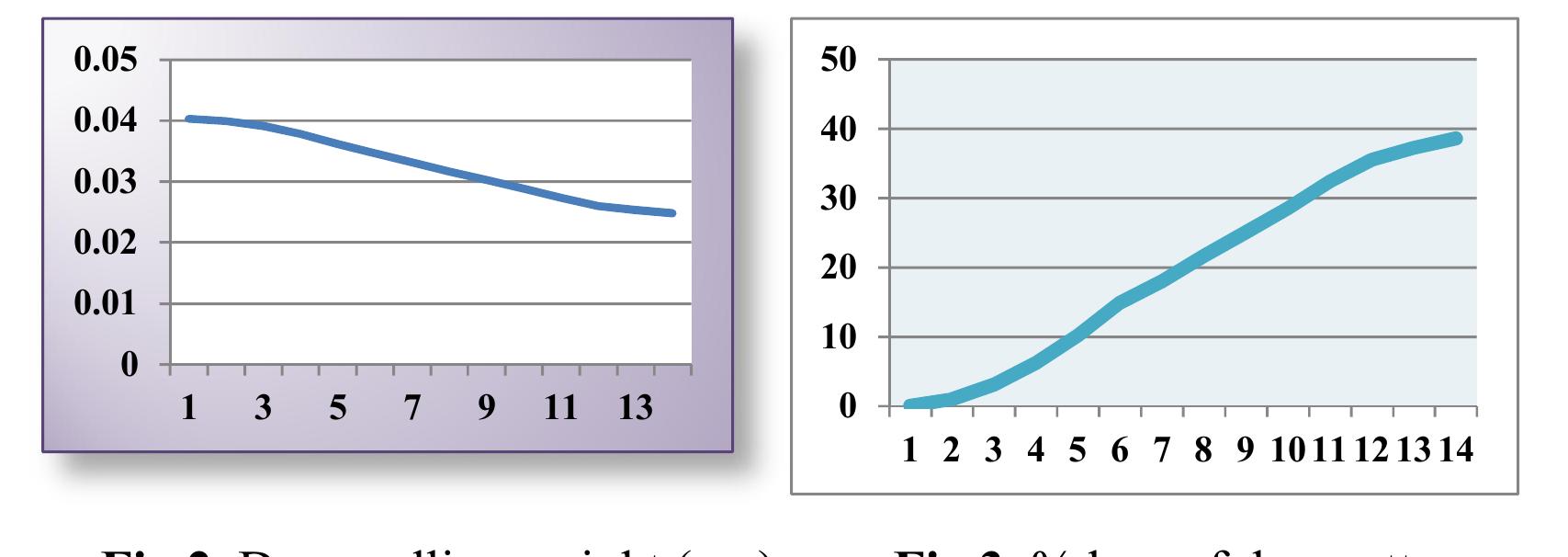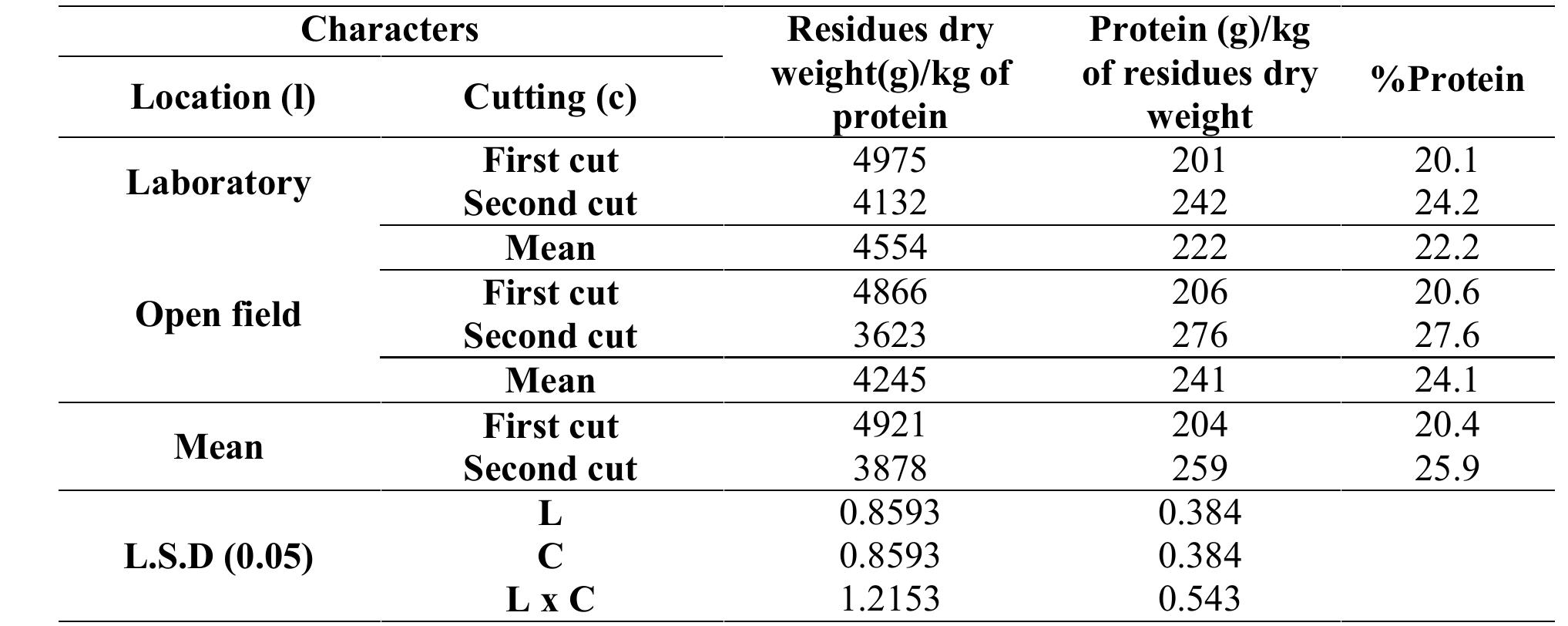Key research themes
1. How do enzymatic hydrolysis conditions affect the production efficiency and functional properties of fish protein hydrolysates (FPH)?
This theme investigates the optimization of enzymatic hydrolysis parameters such as enzyme type, concentration, pH, temperature, and reaction time to maximize the degree of hydrolysis (DH), yield, and functional properties (solubility, emulsifying capacity, water/oil holding capacities) of fish protein hydrolysates. Understanding these relationships is crucial for producing FPH with targeted nutritional and functional qualities suitable for food industry applications and aquafeed enhancement.
2. What are the functional bioactivities and health-promoting effects of fish protein hydrolysates or derived peptides?
This theme explores the physiological impacts of fish protein hydrolysates, focusing on their bioactive peptides that exhibit antioxidant, immunomodulatory, anti-hyperglycemic, antihypertensive, and metabolic disorder-modulating effects. Such bioactivities underpin the potential of FPH to serve as functional food ingredients or nutraceuticals for enhancing health, disease resistance, and metabolic regulation in humans and animal models.
3. How can fish protein hydrolysates improve growth performance, feed utilization, and immune responses in aquaculture species?
This theme encompasses research evaluating the inclusion of FPH as dietary supplements in aquafeeds to promote growth, nutrient utilization, digestive enzyme activity, and disease resistance in commercially farmed fish and shrimp. These studies elucidate optimal FPH inclusion levels, functional bioactivities, and impact on fish physiology that support aquaculture sustainability by offering viable alternatives to fish meal.


























